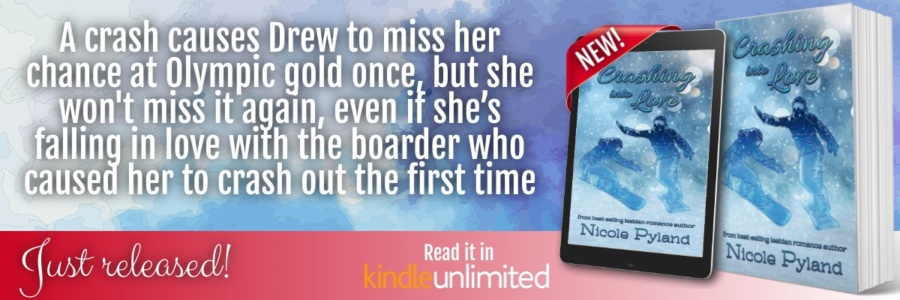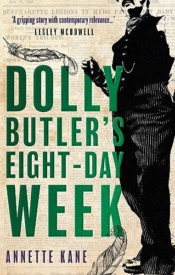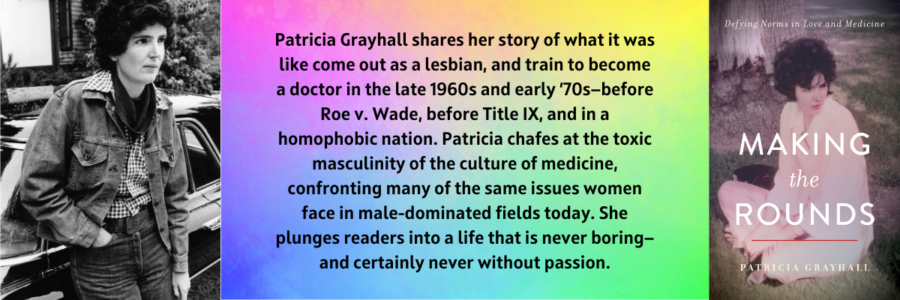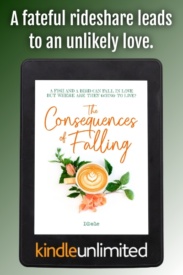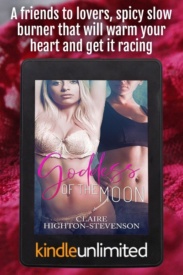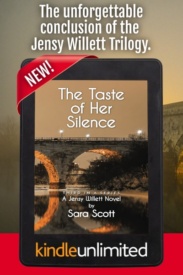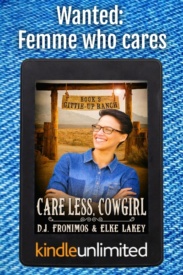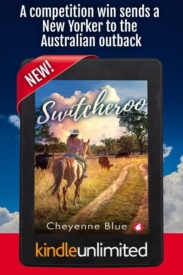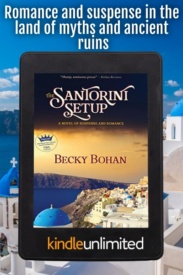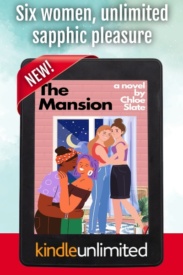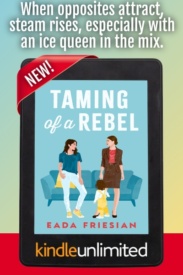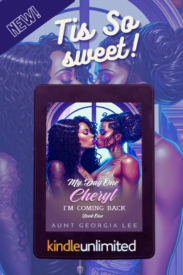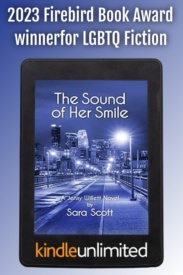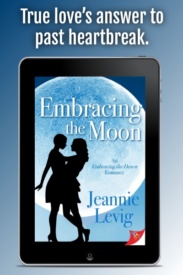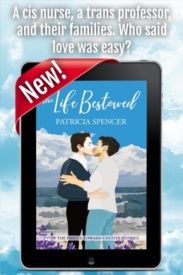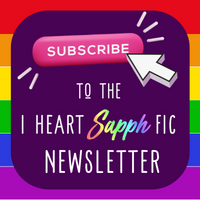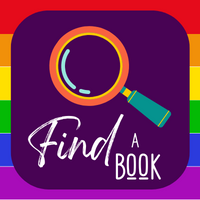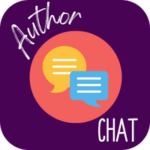
Get ready to learn more about the book Dolly Butler’s Eight-Day Week in this discussion with sapphic author Annette Kane.
Join us for an exclusive peek behind the scenes as we quiz Annette Kane about Dolly Butler’s Eight-Day Week, writing, reading, and more.
This book is part of the Mistaken Identity category in the 2024 IHS Reading Challenge.
Why did you write Dolly Butler’s Eight-Day Week?
Originally the book was written as a script for my Masters degree in scriptwriting and I converted it to a novel during lockdown as something to do, but within hours I realised that this was where my heart lay, not in scriptwriting. I’d done all the hard work already – plotting, character development, historical research – which made the project a joy.
The story appealed because it featured women who lived outside the authority of men, uncommon in Edwardian England, but not as uncommon as you might think. However, my women were feisty, confident and defied the conventions of the day. Featuring gay protagonists is no longer a niche thing and it was important to me that mine just happened to be gay in a natural and routine way. Last but not least, I felt exploring identity politics in an historical context was valuable, albeit in an entertaining and low-key way.
Who is your favorite character in the book?
I like Jessie most. She’s ambitious, hard-working and intuitive, standing up for herself when she has to. I enjoyed writing Maggie too, because she’s so mean. Dolly was the most difficult one to get a handle on, but when I realised what an over-confident know-it-all she was, it became easier. I don’t think any of the characters are like me. It is pure fiction with almost no autobiographical influences.
What inspired the idea for Dolly Butler’s Eight-Day Week?
That’s easy. It was Susannah Stapleton’s non-fiction book ‘The Adventures of Maud West’ about an early 20th century detective. She was a gungho madcap character, whose disguises were hilarious. My character isn’t the same as Maud, but she was definitely inspired by her.
Also Tessa Boase’s book ‘Mrs Pankhurst’s Purple Feather’ about the conflict between the suffragettes and the bird conservationists gave me a starting point for the plot.
What was the biggest challenge writing this book?
Getting the plot watertight. I didn’t want any contradictions or slip-ups. Plus, I didn’t want it to be too complicated for the reader to follow, particularly as there are different stands to the story which had to come together at the end.
What part of Dolly Butler’s Eight-Day Week was the most fun to write?
Dolly’s journal was fun to write. I did it in one sitting and there were almost no changes that I needed to make to it. Even that has a fun little twist at the end.
How did you come up with the title for your book?
I realised at some point that the plot would be easier to follow if I organised it into separate days, and it turned out that the action all took place over eight days. Using the day’s real newspaper headline for each chapter anchors the story firmly in real time. Dolly refers to this on the last page. An eight-day week is a familair idea thanks to The Beatles, and I felt there was no other title that could be more suitable.
How much research did you need to do for Dolly Butler’s Eight-Day Week?
Oh so much. I started the work as part of my scriptwriting MA and my tutor told me to stop doing so much research and get on with writing. The thing is, I loved doing the research. I was learning for a purpose. I particularly enjoyed exploring the language of the day and have pages of words that Edwardians might use. There is not one single idiom or expression in the book that wasn’t in use in 1908, I checked every one. And it was written in a style that gives a nod to the use of language of the day, but is definitely not arcane.
Also, accurate geographical location is important to me. The book features real places in Soho, London, and I always referred to maps and photos of the period. The shops, tearooms, factories etc., all existed.
If you’re planning a sequel, can you share a tiny bit about your plans for it?
I’ve written 70,000 words of the sequel but I have set it aside for the moment. It needs a lot more work but all the ideas are there – there’s probably just too many of them. It may be two books, not one.
What is your favorite line from your book?
There’s a Joni Mitchell line and a Leonard Cohen line hidden in the book. It has to be one of those!
What is your writing process like?
I’m definitely a plotter, but one who is very happy to make changes as I go along. I have to know I have a story to fall back on if better ideas don’t come to me as I write – but they always do. I would like to try making it up as I go along but I’d be worried it would end up being a waste of time.
Where do you usually write, and what do you need in your writing space to help you stay focused?
My desk is actually in the hall of the house, but we have recently knocked down a wall and built shelves so I have all my books around me now. I don’t like being locked away. I can work perfectly happily with a little bit of activity going on as long as it’s not too much.
If you could spend a day with another popular author, whom would you choose?
Given that I can chose a dead writer, I can’t miss the opportunity to meet Jane Austen. I could let the modern world know what she was really like. And I could tell her how incredibly popular her books became after she died. Imagine watching one of her book’s films with her!
What’s your favorite writing snack or drink?
Important not to snack, I’d say. That way meal breaks are more welcome. But I drink gallons of tea. Green or black.
How do you celebrate when you finish your book?
The traditional way. Fizz.
Is there a particular genre you would love to write but only under a pseudonym?
I’d love to write some non-fiction, but I wouldn’t hide behind a pseudonym unless it was dreadful.
Do you have any odd writing quirks?
I have a shelf thing that means I can stand from time to time. It saves my back from stiffening up. And I believe it’s better not to sit for long periods.
Do you have a pet who helps/hinders your typing?
My little Schnoodle Peggy is usually in her bed beside me. She’s the most wonderful pal – affectionate, funny and very sweet. She makes every day a pleasure.
What animal or object best represents you as an author or your writing style?
A cup and saucer and a teapot. I love loose-leaf tea. It’s very English and so am I. Although I’m also a keen European too.
What are three words that describe your personality?
Honest. Loyal. Funny.
What is the most valuable piece of advice you’ve been given about writing, and by whom?
I found advice about editing most useful. We were taught to use as few words as possible when I was at school, but now even using adverbs isn’t seen as good practice. There’s always a verb that can do the job on its own.
What has helped or hindered you most when writing a book?
Not having to rely on making money from it is a massive help. And not having to go out to work. And having a friend or two to read what I’ve written and to work out plot points with.
When you’re writing an emotional or difficult scene, how do you set the mood?
I just plod on!
What do you do to get inside your character’s heads?
I base characters very loosely on people I know. I’ll grab a trait from a friend, a characteristic from a relative and attitudes from someone else.
If you could be mentored by a famous author (living or not), who would it be?
Hilary Mantel. Aim high.
What author in your genre do you most admire, and why?
Sarah Waters.
Have you ever cried when writing an emotional scene?
Heavens, no. My writing isn’t like that. It has its dark qualities but it’s mainly humorous.
Do you feel bad putting your characters through the wringer?
I usually experience evil glee. However, I don’t like women being victims so if the plot demands that they suffer, particularly at the hands of a man, it definitely rankles. I’m pleased when my male characters don’t triumph, that’s for sure.
Have you ever hated one of your characters?
Yes. My factory owners are a grim bunch.
Have you ever fallen in love with one of your characters?
That would be a bit weird.
What type of books do you enjoy reading the most?
I like historical mysteries, especially ones that have unexpected twists.
Are there any books or authors that inspired you to become a writer?
The whole experience of reading and enjoying books has inspired me. I spent most of my life working in the visual arts, but my interest has always been in literature.
What books did you grow up reading?
As a child I was wall-to-wall Enid Blyton. As a teenager, DH Lawrence, Jane Austen and Thomas Hardy were favourites. Not much comtemporay fiction came my way somehow – and far fewer books were published back then of course.
What books have you read more than once in your life?
I rarely read books twice but these I have –
Donna Tart’s The Secret History
Sarah Waters’ The Fingersmith
Georges Simenon’s The Little Man from Archangel
Graeme Macrae Burnett’s Case Study
What book do you wish you had written?
Poor Things by Alasdair Gray
Case Study by Graeme Macrae Burnett
Anything by Ian McEwan, John Boyne, Patrick Hamilton. All men – isn’t that odd!
Describe your favorite reading spot.
I have a chair by bi-fold doors in the kitchen overlooking a beautiful wooded valley. I open them in warm weather. I’m very lucky.
Do you only read books in one genre or do you genre hop?
Contemporary, historical, non-fiction, vintage. I often seek out obscure 20th Century writers (such as Stefan Zweig and Patrick Hamilton). I like traditionally constructed sentences, and I prefer books written in the first person, or with a limited number of characters. They seem more immersive to me.
Have you ever thought you’d hate a book, but ended up loving it?
I don’t persevere with books that I don’t connect with after the first 100 pages (I do give them a chance!) My daughter loves contemporary Japanese fiction and often suggests I read things I think I’m not going to like, but she’s always right. She’s a really good judge of my reading tastes.


